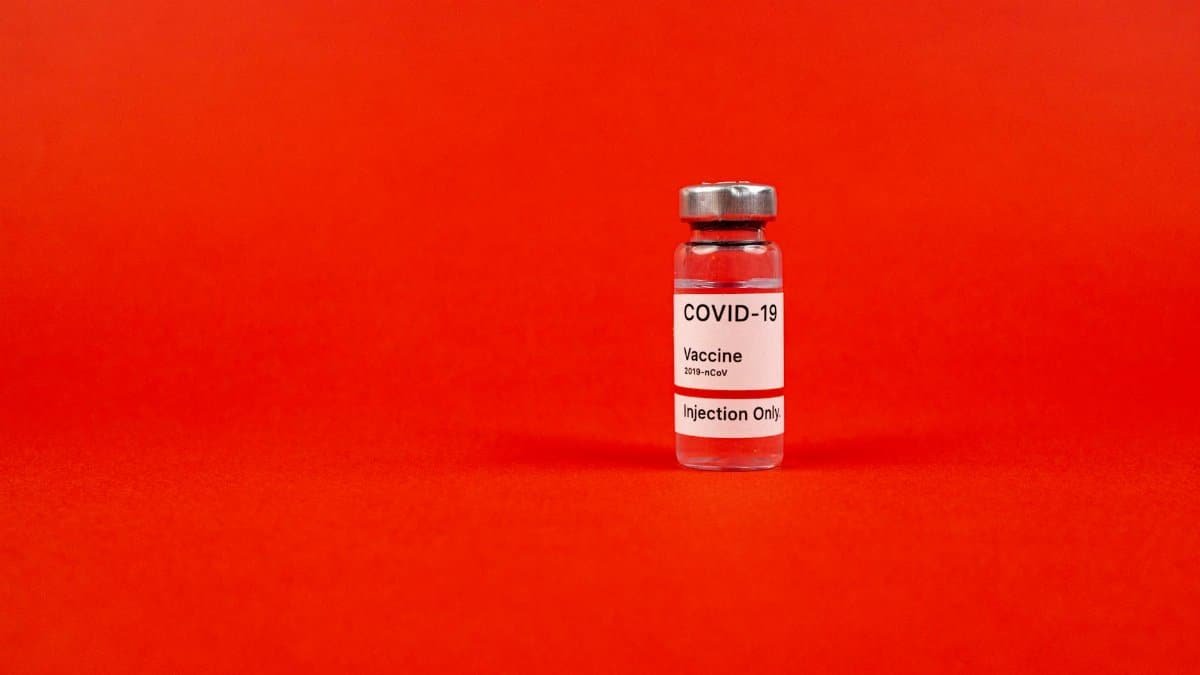Imagine a strategy where the timing of your meals could transform how your body fuels itself. What if eating carbs at the right moment not only boosted your energy but also helped manage your weight? This is the promise of carb backloading energy, a concept gaining traction among fitness enthusiasts and everyday Americans alike. It’s not about cutting carbs entirely—a tactic many have tried and abandoned—but about strategically consuming them to align with your body’s natural rhythms. In a nation where nearly 42% of adults grapple with obesity, according to the Centers for Disease Control and Prevention, innovative approaches like this one are sparking curiosity. Could this be a sustainable path to feeling leaner and more energized? Let’s unpack the science, the practice, and the real-world impact of this dietary shift.
What Is Carb Backloading Energy?

At its core, carb backloading energy refers to a dietary strategy where carbohydrate intake is timed to occur later in the day, often after physical activity. The idea, popularized by figures like John Kiefer in the fitness world, hinges on the body’s hormonal responses. Insulin sensitivity tends to be higher after exercise, meaning your muscles are primed to store carbs as glycogen rather than fat. This approach challenges the conventional “breakfast is king” mentality, suggesting that a low-carb morning followed by a carb-heavy evening might optimize energy and body composition.
Think of it as a deliberate rhythm. By limiting carbs during the day’s early hours, when sedentary lifestyles dominate for many, you encourage fat-burning. Then, post-workout or in the evening, carbs replenish glycogen stores without triggering fat storage. Research from institutions like the National Institutes of Health supports the notion that meal timing can influence metabolic outcomes, though specific studies on carb backloading remain limited. For now, it’s a blend of science and experimentation.
The Science Behind the Strategy

Dig into the mechanics, and carb backloading energy starts with hormones. Cortisol, a stress hormone, peaks in the morning, promoting fat breakdown for fuel. Eating carbs at this time can blunt that effect, potentially stalling fat loss. Later in the day, cortisol dips, and insulin—a hormone that shuttles glucose into cells—works more efficiently, especially after resistance training. A study published through the University of Chicago Press Journals highlights how circadian rhythms influence metabolism, suggesting there’s a biological basis for timing nutrient intake.
But it’s not just theory. Post-exercise, muscles act like sponges, eager to absorb glucose. Consuming carbs then maximizes glycogen storage—fuel for future workouts—while minimizing fat gain. This isn’t a free pass to binge on donuts, though. The quality of carbs matters, with whole grains, fruits, and starchy vegetables often recommended over refined sugars. The science, while promising, still evolves, leaving room for personal trial and error.
Who Might Benefit Most?

Not everyone needs to rethink their carb schedule. Carb backloading energy often resonates most with active individuals—those hitting the gym, running trails, or chasing after kids. Strength trainers, in particular, report feeling a surge in recovery when they time carbs post-workout. One gym-goer in a bustling Chicago fitness center shared, “I used to drag through my evenings, but loading carbs after lifting keeps me sharp for hours.” Their experience mirrors a broader sentiment: timing can feel like a game-changer.
Yet, it’s not just for athletes. Desk-bound professionals juggling late-day slumps might find this approach curbs cravings and sustains focus. People with insulin resistance or metabolic concerns could also see benefits, though medical guidance is crucial. Data from the Pew Research Center notes growing public interest in personalized nutrition strategies, signaling that approaches like this resonate in 2025 as tailored solutions gain ground.
Practical Steps to Try It

Starting with carb backloading energy doesn’t require a complete overhaul. Begin by shifting your mindset: breakfast can be light, focusing on protein and fats—think eggs with avocado. Lunch might follow suit, keeping carbs minimal with a salad or grilled chicken. Then, after a workout or as evening approaches, introduce carbs like sweet potatoes, quinoa, or even a slice of whole-grain bread. It’s less about strict rules and more about listening to your body’s cues.
Timing is key, but so is balance. Overloading on carbs late at night can disrupt sleep if your body struggles to process the influx. Start small—maybe 30-50 grams of carbs post-exercise—and adjust based on how you feel. Hydration matters too, as glycogen storage pulls water into muscles. Keep a journal for a week to track energy levels and hunger. It’s not a diet; it’s a recalibration.
Challenges and Missteps to Avoid

Like any strategy, carb backloading energy has pitfalls. One common snag is overcompensation—thinking evening carbs justify a free-for-all. A mountain of pasta might feel rewarding, but it can negate the metabolic benefits if portions spiral. Another hurdle is rigidity. Life doesn’t always align with ideal timing; late-night workouts or early dinners can throw off the plan. Flexibility, not perfection, keeps this sustainable.
Then there’s the mental game. Restricting carbs early in the day can spark irritability or cravings, especially for those used to oatmeal or toast at breakfast. Online discussions often reveal frustrations with this adjustment period, with one anonymous account noting, “The first few days, I felt like I was starving by noon.” Patience helps. The body adapts, but it’s not instant. Consulting a nutritionist can ease the transition, ensuring nutritional needs aren’t sidelined.
Broader Impacts on Daily Life

Beyond the plate, carb backloading energy subtly reshapes routines. Energy spikes in the evening can mean more productive hours—whether that’s tackling a project, playing with family, or simply feeling less drained. For some, it’s a quiet shift in confidence, knowing their body isn’t working against them. In a culture obsessed with quick fixes, this method offers a slower, more intentional path to wellness.
Yet, it also prompts bigger questions. How do we redefine “healthy eating” when timing might matter as much as content? As workplaces in 2025 push for wellness initiatives, could meal timing become part of corporate health programs? The ripple effects touch not just personal habits but societal norms around food and productivity. It’s a conversation worth having, one meal at a time.
Weighing the Long-Term Viability

Can carb backloading energy stick as a lifestyle? Early adopters argue yes, pointing to sustained energy and fewer hunger pangs. But long-term data is sparse. Critics caution it’s not a one-size-fits-all fix—metabolic differences mean some thrive while others flounder. Age, activity level, and even stress can tweak how the body responds to timed carbs. It’s a reminder that no strategy is universal.
Still, its appeal lies in customization. Unlike restrictive diets, this approach bends to individual schedules and goals. It’s less about dogma and more about experimentation—finding what fuels you best. As Americans navigate an ever-shifting landscape of health advice in 2025, carb backloading energy stands out as a concept worth testing, if only to better understand your own rhythms. After all, the pursuit of feeling good is deeply personal, and sometimes, timing is everything.
Natasha is the heart of our exploration into conscious connection. Applying principles from multiple counseling courses in her own life, she guides you to cultivate stronger, more joyful bonds.
Disclaimer
The content on this post is for informational purposes only. It is not intended as a substitute for professional health or financial advice. Always seek the guidance of a qualified professional with any questions you may have regarding your health or finances. All information is provided by FulfilledHumans.com (a brand of EgoEase LLC) and is not guaranteed to be complete, accurate, or reliable.
